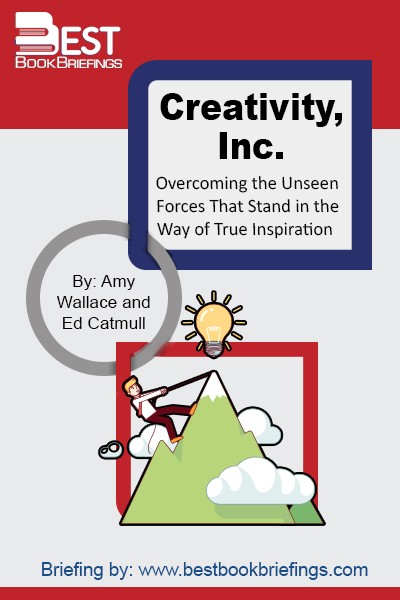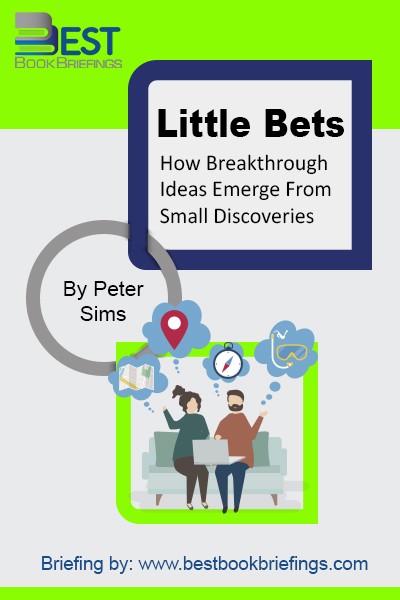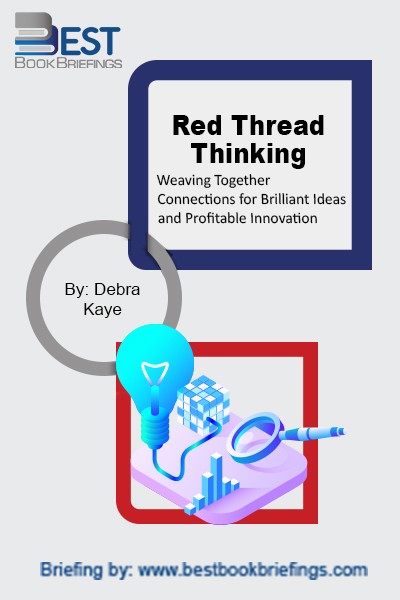Collective Genius
The Art and Practice of Leading Innovation
Number of pages: 298
Publisher: Harvard Business Review Press
BBB Library: Creativity and Innovation, Corporate Success
ISBN: 9781422130025
Editorial Review
Volumes of research were conducted on innovation, and as many or more on leadership, but almost nothing was done on the connection between the two. Why is this so? Perhaps practicing leaders and management thinkers have simply assumed a good leader in all other respects would be an effective leader of innovation as well. If that's the case, however, then there's a deeply flawed and even dangerous assumption. Leading innovation and what is widely considered good leadership are not the same. That leadership matters to innovation should come as no surprise. Look beneath the surface of almost anything produced by an organization that is new, useful, and even moderately complex, and you'll almost certainly discover it came from multiple hands, not the genius of some solitary inventor. Innovation is a team sport, as one leader said, in which individual effort becomes something more. Somehow, in the language we've come to use, truly innovative groups are consistently able to elicit and then combine members' separate 'slices of genius' into a single work of 'collective genius'. Creating and sustaining an organization capable of doing that again and again is what leaders should do.
Book Reviews
Books on Related Topics

Organizations are succeeding by being open to innovation. Amazon went from being an online bookseller to a powerhouse when it started offering a wide variety of web-based services. Google and Apple have added a host of online services to their core competencies. And Toyota has enjoyed a decade-spanning, market-dominating run owing

In this book is we know how to build a creative culture for managers who want to lead their employees to new levels of creativity, innovation, and originality. Creativity, Inc. is a trip into Pixar Animation.

Countless people around the world don’t feel confident crafting the lives they hope to lead. They don’t know where they’re headed or how to navigate around the obstacles in their path. They don’t see themselves as innovators, responsible for and capable of inventing their own future. It’s a crime not to

Little Bets is based on the proposition that we can use a lot of little bets and certain creative methods to identify possibilities and build up to great outcomes. At the core of this experimental approach, little bets are concrete actions taken to discover, test, and develop ideas that are achievable

In a time of unprecedented turbulence, how can public sector organisations increase their ability to find innovative solutions to society's problems? Leading Public Sector Innovation shows how government agencies can use co-creation to overcome barriers and deliver more value, at lower cost, to citizens and business. Through inspiring global case studies

Red Thread Thinking teaches you to activate your own knowledge and resources to make better connections, have more and superior insights, and apply history as a valuable source for future-leaning innovation--without the need for high-cost development.

Too often, innovation is reduced to a series of brainstorming sessions. Here’s the problem; evidence shows that such techniques do not actually lead to better outcomes. A number of years ago, we researched innovation efforts in industries such as manufacturing and services. A full 95% of these efforts failed. A glance around

We are living in a world where society trends influence business trends. This has led to offices being ruled by politically correct leaders who tip-toe around inexpert, incompetent employees; refusing or ignoring to correct their employees’ behaviors, favoring office harmony over productivity. The core of the following is to learn the



